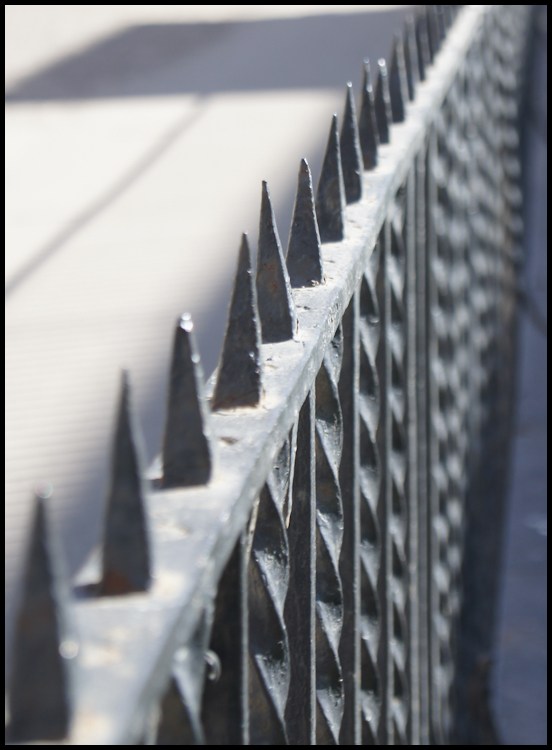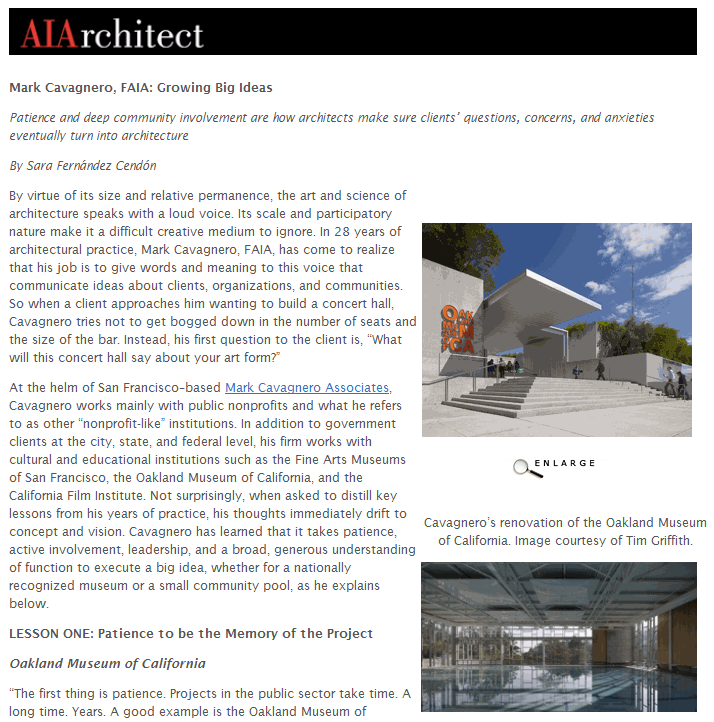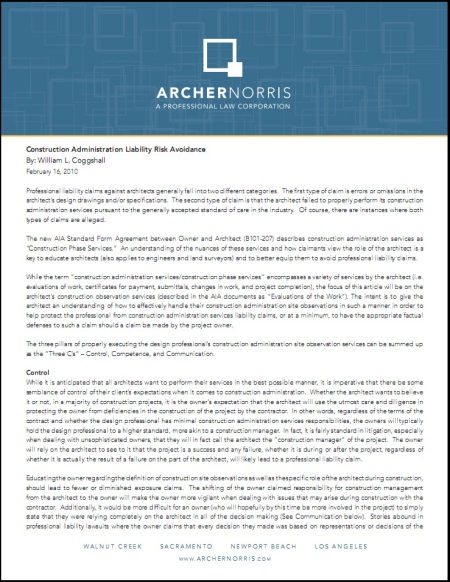Longtime design industry advocate, a/e ProNet, announced this week that ProNet President Leslie Pancoast will make a presentation at EDSYMPOSIUM12, the 42nd annual education conference hosted by the Society for Design Administration (SDA), an affiliate of The American Institute of Architects.
For more than 50 years, the SDA has promoted education and best practices for design firm administrative personnel. EDSYMPOSIUM12 will take place from May 2-5 at the Embassy Suites Hotel in Portland, Oregon. a/e ProNet will sponsor Saturday’s luncheon, where Pancoast will make a two-fold presentation: Introduction to a/e ProNet and Professional Liability—Coverages, Nuances and Endorsements. SDA members will learn more about a/e ProNet and its active support for the design industry, as well as receive a brief overview of professional liability coverage and the standard endorsements available from most professional liability insurance providers for architects and engineers.
About Leslie Pancoast
 Pancoast has specialized in the insurance needs of architects, engineers and other design consultants for more than 20 years. She is a Managing Partner of Insurance Office of America (IOA), one of the largest privately-held insurance agencies in the country. She is also the Branch Manager of IOA’s San Francisco Bay Area office, operating in California as IOA Insurance Services, which she opened in 2005. Pancoast has earned the designations of Commercial Insurance Counselor (CIC) and Registered Professional Liability Underwriter (RPLU). She has been an active board member of a/e ProNet since 2005, and currently serves as the membership’s President.
Pancoast has specialized in the insurance needs of architects, engineers and other design consultants for more than 20 years. She is a Managing Partner of Insurance Office of America (IOA), one of the largest privately-held insurance agencies in the country. She is also the Branch Manager of IOA’s San Francisco Bay Area office, operating in California as IOA Insurance Services, which she opened in 2005. Pancoast has earned the designations of Commercial Insurance Counselor (CIC) and Registered Professional Liability Underwriter (RPLU). She has been an active board member of a/e ProNet since 2005, and currently serves as the membership’s President.
About a/e ProNet
Established in 1988, a/e ProNet is a national network of specialist brokers. The group focuses on providing educational resources and risk management services to its members’ clients. Its member brokers represent a combined annual professional liability premium volume exceeding $300 million, giving top-tier insurance companies a major incentive to work closely with a/e ProNet to enhance their various a/e programs.
As well, a/e ProNet makes a wide range of Risk Management resources available to all design professionals via their website, including ProNet Practice Notes, Guest Essays, ProNetwork News, Contract Concerns, Typical Coverages, and Frequently Asked Questions.
a/e ProNet is excited about the opportunity to partner with the SDA in order to provide this value-added educational resource to design firm administrative personnel across the country.
Additional information is available about a/e ProNet by visiting their website, following them on Twitter, and/or Liking their Facebook page.









